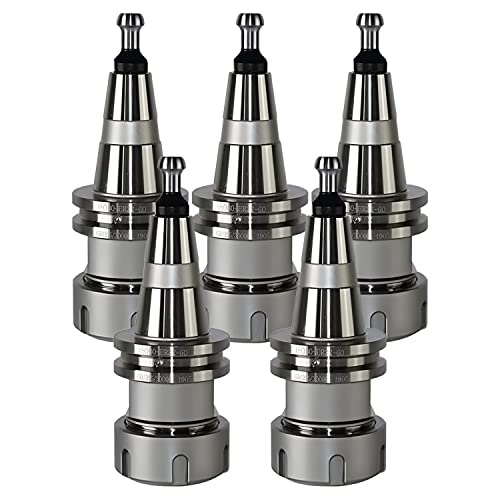Thank You Jim, Norm, and Bazmak,
I have 3 and 4 inch independent 4-jaws and a collet adapter and ER25 collets and you are right they are really the best approach. I have been gradually improving the lathe over time: It has become a project of mine, as is the case with the Chinese 7x lathes which we see as a kit to be finished. The original 3-inch, 3-jaw scroll chuck has too much run-out and is showing its "experience." As part of my campaign to improve the lathe I decided I wanted a new 3-inch chuck and asked this question before.
As my "shop life" includes a wide variety of different projects and tasks of all types, not just modeling and engine building, I like the idea of having the 3-jaw as the stock setup for quickly making bushings or modifying bolts, or whatever. If I can get to the place and the space (and the money) where I can get another lathe, that is my goal: Meanwhile I just keep tweaking this lathe and continuing with life as it is.
I don't want to create the ultimate "silk purse" from this pig's ear, but I think I can make it better with a little time and some money and I can see keeping it even if I do get another lathe.
I would like soft jaws on a chuck, but to my knowledge a two-piece jaw system is not available on a chuck I can buy for my lathe. I am aware of the various ways of making soft jaws and "collets" and shims, and a lot of those approaches and have done them, but I'm after creating a "utility" setup which is convenient to use for a lot of the things I end up doing as part of some repair job or other. (I was able, as an experiment, to add such to my tired old chuck to cut a two-step end onto a flexible plastic ball-point pen ink filler once, but it took such a lot of playing around... Second try was with the ER collet, etc.) Part of the issue is also the 3-nut chuck attachment to the spindle with its limited room for working which makes chuck-changing on these lathes such a PITA, especially when arthritis is starting in my thumbs.
By the way the lathe behaves with the 4-inch, 4-jaw independent chuck, I have decided I want to stay with a chuck close to the original size of 3 inches, so that also limits my options.
So, until a new lathe comes my way, I will tinker with this one and let you all know what occurs. I do plan on a summary of all I have done when finished. I am not posting this as an ongoing thread because life is getting in the way of shop time and it's often months between actual work sessions in the shop.
Thanks again to all who contribute here,
--ShopShoe






































![TurboCAD 2020 Designer [PC Download]](https://m.media-amazon.com/images/I/51UKfAHH1LL._SL500_.jpg)



![DreamPlan Home Design and Landscaping Software Free for Windows [PC Download]](https://m.media-amazon.com/images/I/51kvZH2dVLL._SL500_.jpg)


























